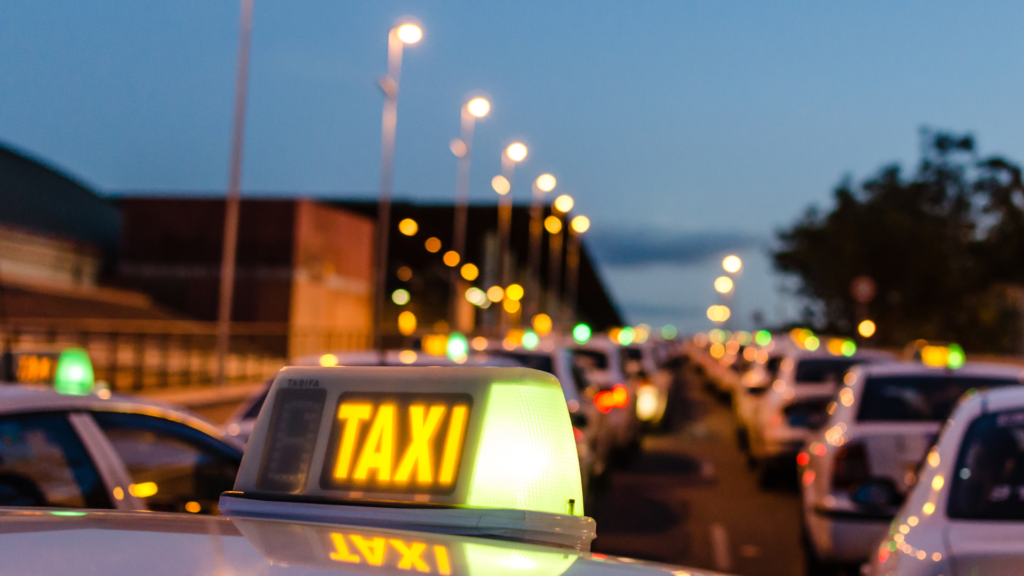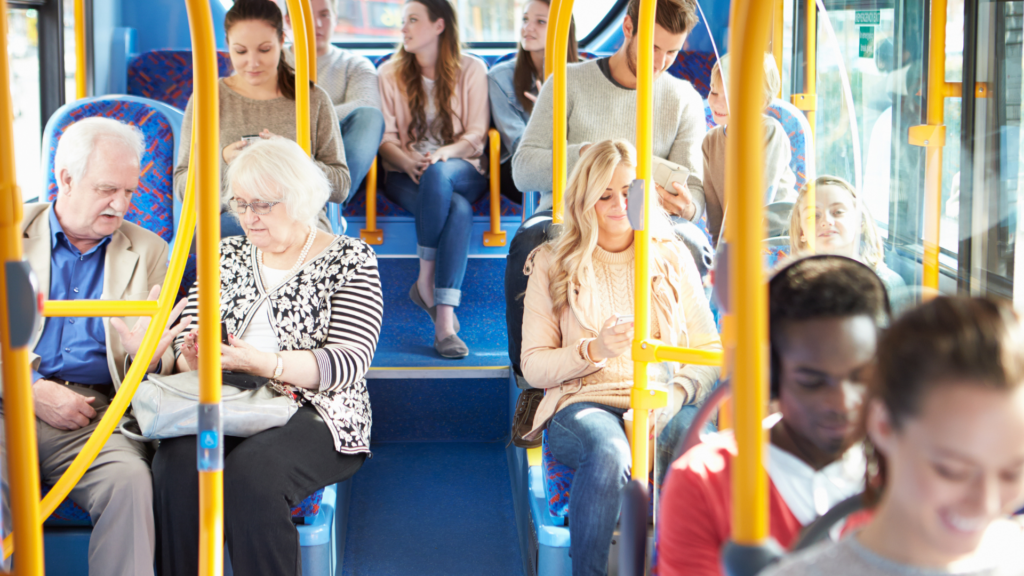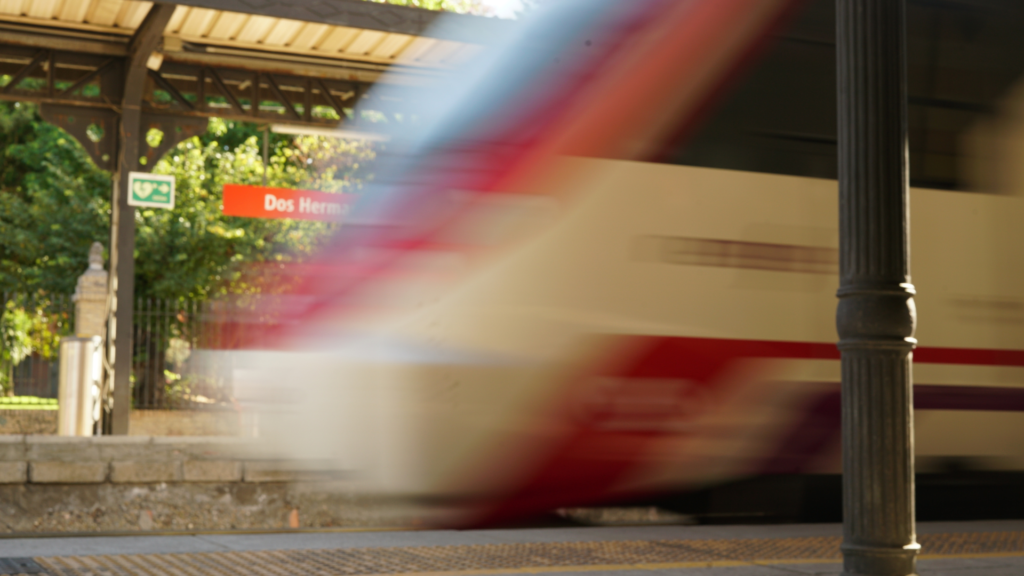Getting around Marbella and exploring the city on a daily basis is not only possible on foot. A variety of means of transport are available for tourists to reach key points on the tourist map of the entire Costa del Sol. It is worth mentioning that the developed transport infrastructure is one of the distinguishing features of the Spanish coast.
By car: from a rental company or by taxi
Renting a car gives you a great deal of freedom and the opportunity to explore the area around Marbella and more distant towns such as Ronda and Malaga. In this way you can easily reach the most popular beaches, golf clubs and other tourist attractions. When choosing to use this mode of transport, it is important to be aware of parking restrictions in the city centre and increased traffic during the tourist season.
For tourists visiting Spain, car hire allows them to travel freely to the more remote parts of the country. Marbella is well served by major global car rental companies. A full range of vehicles is available, from economy to high-end luxury. Hiring a car for a week costs from around €180 for the smallest vehicles to around €250 for higher-end cars.
Taxis are convenient and available on almost every corner of the city. They are ideal for short distances or for late-night returns from restaurants or clubs. Today, vehicles ordered via popular apps are the most commonly used. Especially for longer distances, however, taxis can be more expensive than other modes of transport.
Most taxis in Marbella are modern and adapted to the needs of people with disabilities. Families travelling with young children will easily find a taxi equipped with a child seat. It is not the practice in Marbella to ‘hail’ taxis on the street, as in other cities around the world. If you want to use a taxi, you have to go to one of several stops.
You will have to pay between €10 and €20 for a classic journey within the city limits, although longer journeys, such as those to the airport or to nearby towns, will of course cost more. You can always ask the driver about the price of your journey before you start. A direct taxi to Malaga airport costs between €65 and €100. Apps, operating worldwide, are becoming increasingly popular. Cabify, a Spanish-originated app for organising rides, is also popular. It offers various services, including Cabify Classic, Cabify ASAP, Cabify Plus, Cabify Group and Cabify Kids.

By bus in Marbella and beyond
A great convenience for getting around Marbella and the surrounding area is the developed public transport. The city has a well-developed network of city and suburban buses that connect it to other destinations in the region. This is a cheap and convenient way to get around – especially for those who do not want to rent a car. A network of city buses is available to tourists and residents of Marbella, covering seven daytime routes and four night routes. They can be used to move from key areas in and around the city, along the coast and further inland.
Buses facilitate trips and provide access to popular destinations such as shopping centres and beaches. If you want to go further out of town, it is worth heading to Marbella bus station, which serves as a key hub for intercity connections. From Marbella, it is easy to get to Malaga airport by bus (depending on the hour, ticket prices vary between €7 and €10; the journey takes about 40 minutes) to Algeciras, Cadiz, Cordoba, Estepona, Fuengirola, Granada, Ronda or Seville, among others.
Residents of Marbella can enjoy free bus travel. All that is needed to move around the city is a special card (Tarjeta de Movilidad), which is available to everyone registered in the local census, regardless of age and income, and is renewed every two years at no charge. A single ticket costs €0.83 (if purchased at a kiosk or vending machine) and €1.20 (if purchased from the driver). It is also worth considering using the Bonobus card for €6.22, with the option to top up when needed (for a minimum of €5).

By bike or scooter
For lovers of active sightseeing, cycling can be an alternative solution. A network of cycle paths is available in Marbella, including popular routes along the coast. When getting on your bike, it is worth remembering to wear a helmet and observe local traffic regulations.
Today, cyclists can enjoy more than 300 km of cycle routes with varying levels of difficulty. When getting on two wheels, it is worth remembering that there are pedestrian-friendly zones in the city. Marbella’s old town, characterised by narrow streets and historic architecture, is one such area. There is no shortage of facilities for cyclists – bike racks, repair stations or bike hire schemes are increasing in the city.
Paseo Marítimo, the beautiful seaside promenade, has undergone a significant transformation. Today, wide and well-maintained paths are available to cyclists. Cyclists can not only use the urban routes – they lead through the Sierra de las Nieves Natural Park and to the picturesque village of Ojén, among others. The route to Istán is also increasingly popular. In turn, the Puerta Verde de Marbella route allows travel to Ronda, and the famous Senda Litoral runs along the coast.
Electric scooters – ideal for short distances and getting around the city quickly – are also an amenity for tourists. They can be easily hired using popular mobile apps. When getting on a scooter, it is advisable to get the right app and be vigilant to use the permitted routes and comply with the regulations regarding their use. There are many scooter rental companies in Marbella and renting a scooter for a day costs around €45.

By train in Andalusia
If you want to use the railways to travel to the more distant corners of the Iberian Peninsula and Spain, you need to go to the train station in Malaga. The focal point of the city’s rail network is María Zambrano station. From Málaga, you can depart on the high-speed AVE trains operated by Renfe, and the Iryo operator offers slightly cheaper journeys to Madrid. Today, the journey to the capital takes around 2 hours and 50 minutes.
From Malaga, it is possible to get to Barcelona, Valencia or Seville by train in a relatively short time. If you want to travel around Andalusia, it is worth opting for the Avant high-speed train service that allows you to travel to Córdoba and Granada. Marbella can be reached using the C-1 Cercanías train line from Malaga to Fuengirola, and from there you can get to Marbella efficiently by bus. A unique proposition for railway lovers is also a trip around Andalusia in 7 days on an Orient Express-style train.
A train journey from Málaga to Córdoba can be made for around €30 and takes around 1 hour. From Malaga you can get to Barcelona in around 6 hours for around 100 euros. The Spanish capital can be reached in around 3 hours for the fastest connections, with prices starting from as little as €40.

By boat, or perhaps by plane?
A non-trivial means of transport in and around Marbella can be by boat. There is a beautiful harbour, Puerto Banús, from where you can take a cruise on the Mediterranean. This is a great opportunity to see the city from a different perspective and enjoy the charms of the coast. Renting a boat is an unforgettable experience and a unique way of discovering the Costa del Sol, as well as an opportunity to spend your holiday in a slightly different way than before.
A unique form of transport is… private jets. Flying with them is growing in popularity, and all those who opt for this service want above all to save time. All they have to do is turn up at the airport 15 minutes before departure, thus avoiding long queues for security checks, and the time and place of departure are tailored to their individual needs. Not the cheapest solution, of course, but certainly a unique one.

